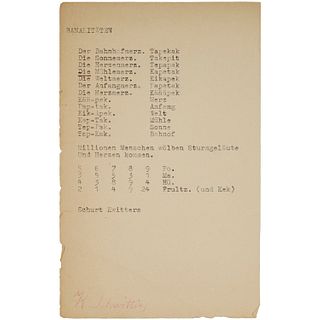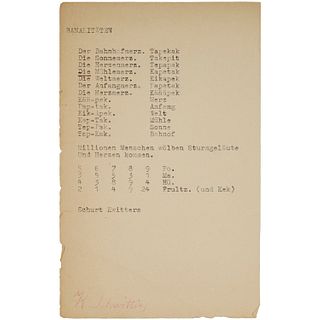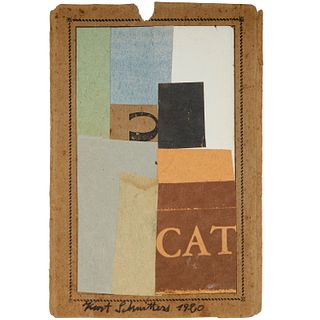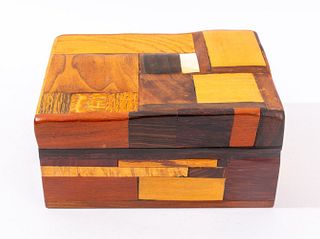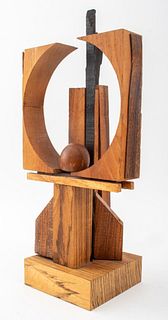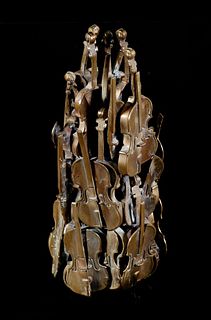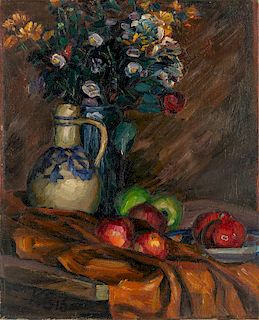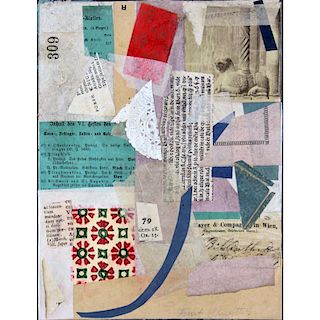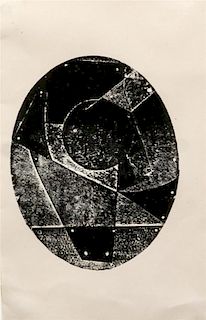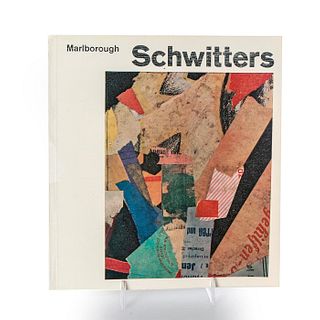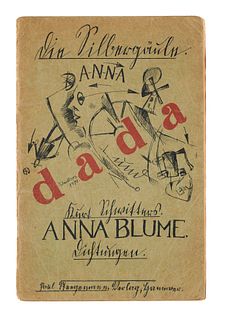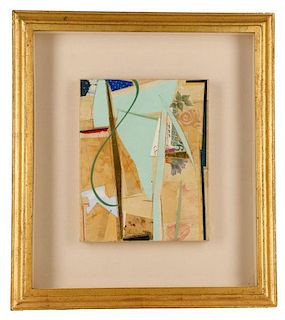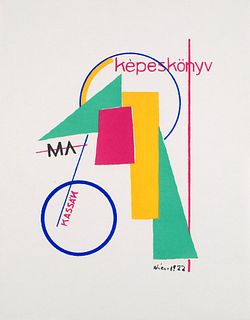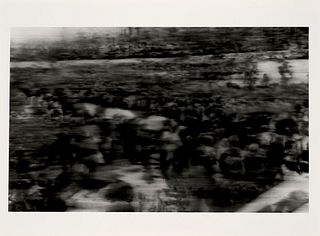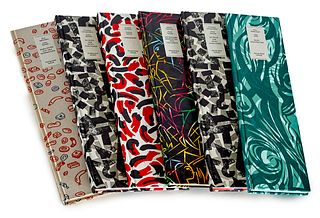49 Results
Sort by
-
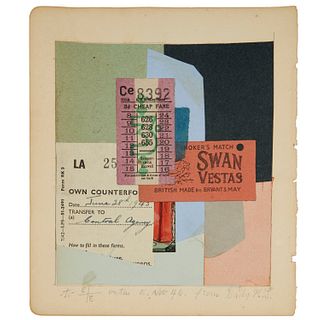 Estimate$700 - $1,000
Estimate$700 - $1,000 -
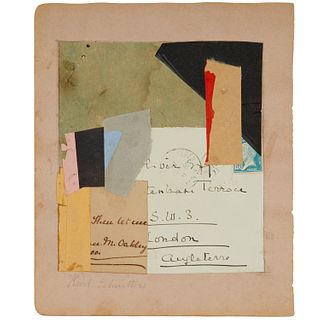 Estimate$700 - $1,000
Estimate$700 - $1,000 -
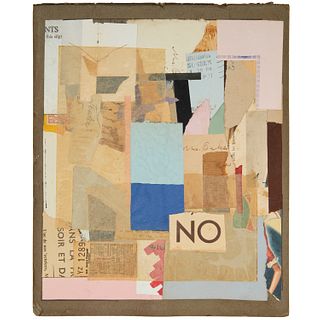 Estimate$700 - $1,000
Estimate$700 - $1,000 -
 Estimate$30,000 - $50,000
Estimate$30,000 - $50,000 -
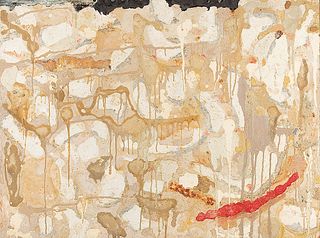 EstimateEUR€10,000 - EUR€15,000 $10,752.69 - $16,129.03
EstimateEUR€10,000 - EUR€15,000 $10,752.69 - $16,129.03CARL BUCHHEISTER* (Hanover 1890 - 1964 Hanover)
Est.EUR€10,000 - EUR€15,000 $10,752.69 - $16,129.03 -
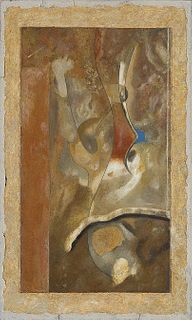 EstimateEUR€10,000 - EUR€15,000 $10,752.69 - $16,129.03
EstimateEUR€10,000 - EUR€15,000 $10,752.69 - $16,129.03CARL BUCHHEISTER* (Hanover 1890 - 1964 Hanover)
Est.EUR€10,000 - EUR€15,000 $10,752.69 - $16,129.03 -
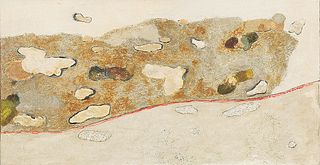 EstimateEUR€10,000 - EUR€15,000 $10,752.69 - $16,129.03
EstimateEUR€10,000 - EUR€15,000 $10,752.69 - $16,129.03CARL BUCHHEISTER* (Hanover 1890 - 1964 Hanover)
Est.EUR€10,000 - EUR€15,000 $10,752.69 - $16,129.03 -
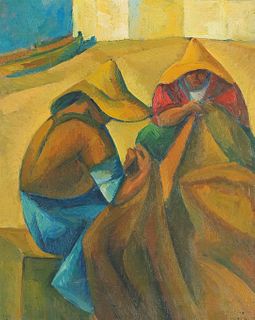 EstimateEUR€5,000 - EUR€10,000 $5,376.34 - $10,752.69
EstimateEUR€5,000 - EUR€10,000 $5,376.34 - $10,752.69ROBERTO IRAS BALDESSARI (Innsbruck 1894 - 1965 Rome) Th...
Est.EUR€5,000 - EUR€10,000 $5,376.34 - $10,752.69 -
 EstimateEUR€12,000 - EUR€20,000 $12,903.23 - $21,505.38
EstimateEUR€12,000 - EUR€20,000 $12,903.23 - $21,505.38HARMEN MEURS* (Wangen 1891 - 1964 Speude/Ermelo)
Est.EUR€12,000 - EUR€20,000 $12,903.23 - $21,505.38 -
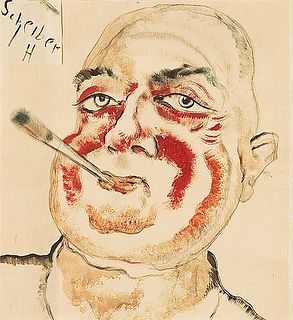 EstimateEUR€2,000 - EUR€3,000 $2,150.54 - $3,225.81
EstimateEUR€2,000 - EUR€3,000 $2,150.54 - $3,225.81 -
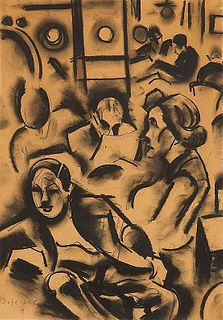 EstimateEUR€8,000 - EUR€12,000 $8,602.15 - $12,903.23
EstimateEUR€8,000 - EUR€12,000 $8,602.15 - $12,903.23 -
 EstimateEUR€8,000 - EUR€12,000 $8,602.15 - $12,903.23
EstimateEUR€8,000 - EUR€12,000 $8,602.15 - $12,903.23 -
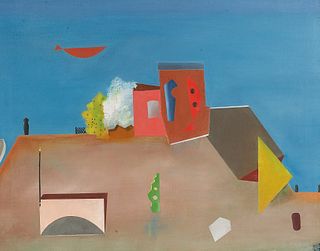 EstimateEUR€5,000 - EUR€8,000 $5,376.34 - $8,602.15
EstimateEUR€5,000 - EUR€8,000 $5,376.34 - $8,602.15OTTO HOFMANN (Essen 1907 - 1996 Pompeiana) House by a L...
Est.EUR€5,000 - EUR€8,000 $5,376.34 - $8,602.15 -
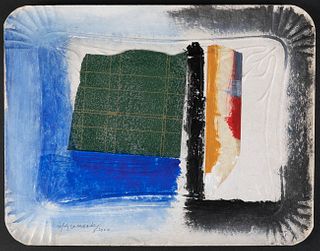 EstimateEUR€1,800 - EUR€2,000 $1,935.48 - $2,150.54
EstimateEUR€1,800 - EUR€2,000 $1,935.48 - $2,150.54ALBERT RÀFOLS CASAMADA (Barcelona, 1923 - 2009). "Safat...
Est.EUR€1,800 - EUR€2,000 $1,935.48 - $2,150.54 -
 EstimateEUR€10,000 - EUR€20,000 $10,752.69 - $21,505.38
EstimateEUR€10,000 - EUR€20,000 $10,752.69 - $21,505.38 -
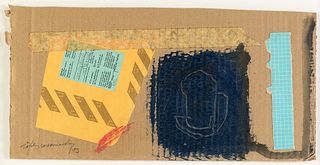 EstimateEUR€1,200 - EUR€1,500 $1,290.32 - $1,612.90
EstimateEUR€1,200 - EUR€1,500 $1,290.32 - $1,612.90ALBERT RÀFOLS CASAMADA (Barcelona, 1923 - 2009). Untitl...
Est.EUR€1,200 - EUR€1,500 $1,290.32 - $1,612.90 -
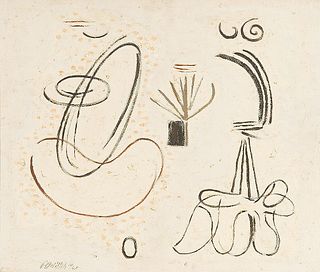 EstimateEUR€15,000 - EUR€25,000 $16,129.03 - $26,881.72
EstimateEUR€15,000 - EUR€25,000 $16,129.03 - $26,881.72WILLI BAUMEISTER* (Stuttgart 1889 - 1955 Stuttgart)
Est.EUR€15,000 - EUR€25,000 $16,129.03 - $26,881.72 -
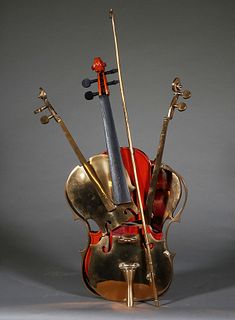 Estimate$10,000 - $15,000
Estimate$10,000 - $15,000 -
 Estimate$8,000 - $10,000
Estimate$8,000 - $10,000 -
 Estimate$2,000 - $3,000
Estimate$2,000 - $3,000 -
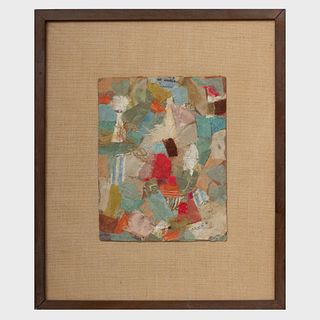 Estimate$3,000 - $5,000
Estimate$3,000 - $5,000 -
 Estimate$600 - $900
Estimate$600 - $900 -
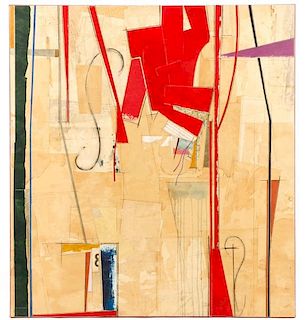 Estimate$1,200 - $2,400
Estimate$1,200 - $2,400 -
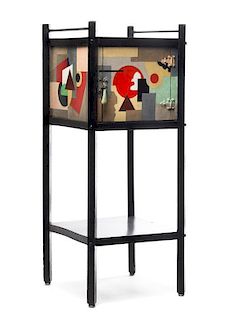 Estimate$15,000 - $25,000
Estimate$15,000 - $25,000 -
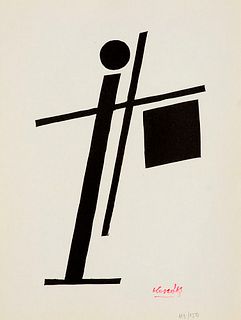 EstimateEUR€250 - EUR€300 $268.82 - $322.58
EstimateEUR€250 - EUR€300 $268.82 - $322.58 -
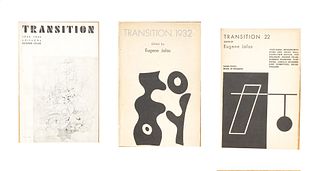 EstimateEUR€300 - EUR€500 $322.58 - $537.63
EstimateEUR€300 - EUR€500 $322.58 - $537.63



 EUR
EUR CAD
CAD AUD
AUD GBP
GBP MXN
MXN HKD
HKD CNY
CNY MYR
MYR SEK
SEK SGD
SGD CHF
CHF THB
THB Live Auction in Progress
Live Auction in Progress
